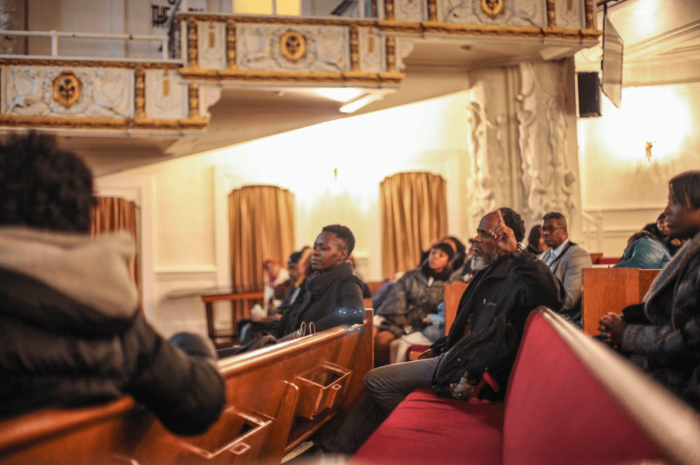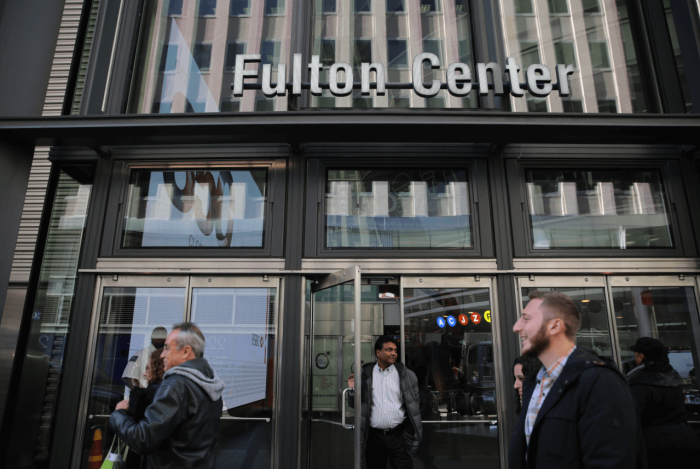The next time the subway car you’re riding on during morning rush slows to a stall andthe conductor says there is a signal failure, or train traffic ahead,think of this.
The majority of the city’s trains rely on human beings to manually change the signals from red, yellow and green between stations, and pull a lever to re-route a train to another track.
“At some locations we manually operate the signals because we have to manually operate the switches. Some locations you have automatic train control, where you operate the tracks, signals and switches automatically, but by and large they’re operated manually, there are people that actually operate the signals and switches,” said Wynton Habersham, MTA’s Vice President and Chief Officer of Service Delivery. RELATED: Details scarce after city, state sign off on $26.1 billion MTA deal The MTA is moving toward the future with communications-based train control (CBTC), which uses a computerized system to pinpointthe location ofthe train and train movement. The MTA says that information will allow them to run more trains, and move more passengers. The L train has CBTC, and the MTA is installing the technology on the 7 line.The $205.8 million contract was awarded earlier this year, and the work is expected to be completed in 2017. The MTA gave several reporters a tour of their signal school, located inside the 14th Street and 8th Avenue station on Monday. Inside, students in an 18-month training course learn to operate the signals and repair equipment, some of which is modern, but other pieces that were originally designed in the the 1930s. They practice on similar models of equipment used throughout the system, as well as a model train.
“Because of a very robust signal maintenance program, even the older equipment that is 80 years old and still in service, is safe,” Habersham said.“It’s not as reliable as we’d like it to be, and it takes a lot to maintain it, but first and foremost it is safe.” Habersham said the shop is a coveted job for MTA workers, and “once you get in the shop, you don’t want to leave.”
“As an ordinary commuter you’re always basing [delays] on ‘am I going to be late?” said Javier Arbelo, a signal school instructor and maintenance supervisor. “But working on signals, you understand that it happens. Sometimes you have to accept certain things; we don’t have control. ” Habersham said the MTA is working to install CBTC on one line per capital program (the L train upgrade was covered until the MTA’s 2010-2014 program). The 7 line is covered under the 2015-2019, which was just fully funded by the city and state last weekend, and design is starting on the Sixth Avenue line. RELATED: How old is your subway train?
“I think it’s great they’re actually showing people the signal system, no one appreciates them but signals are the nervous system of the subways,” said Nick Sifuentes, deputy director of Riders Alliance. Sifuentes said the CBTC upgrades have improved service on the L and 7 trains and the upgrades “need to happen faster across the system.”
A Transport Workers Union 100 spokesman said “anything that increases capacity is good for the system and good for the riders.”
The union, which was in the past concerned with CBTC leading to fewer than two conductors operating a train, said the “union is adamant that signal upgrades shouldn’t lead to another attempt to take conductors off of trains.”


















